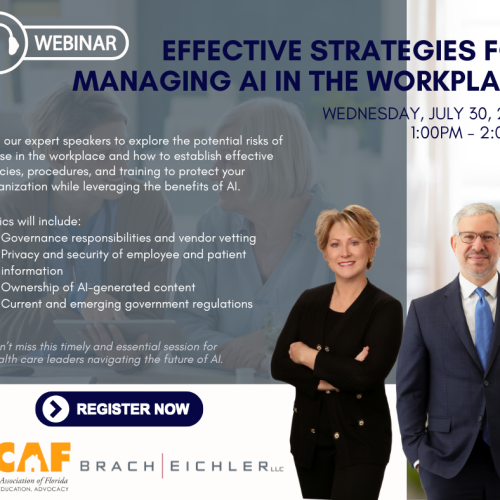New Employee Benefits and Executive Comp Blog Post on Fiduciary Education
Qualified retirement plans, such as Internal Revenue Code sections 401(k) and 403(b) plans, pension and profit sharing plans, individual retirement accounts (IRAs), and health flexible spending accounts (Health FSAs) are subject to various dollar limits on the amount of contributions that can be made or benefits that may accrue under such arrangements. Most of these dollar limits are adjusted annually by the IRS for changes in the “cost of living.”
For 2019, some of the key dollar limits affecting the above plans, IRAs and Health FSAs are as follows:
| PLAN/IRA/HEALTH FSA BENEFIT | 2019 DOLLAR LIMIT |
| Elective Deferral Contributions (for 401(k) and 403(b) Plans) | $19,000 ($500 increase from 2018) |
| Annual Individual Contribution Allocation Limit (for defined contribution plans) | $56,000 ($1,000 increase from 2018) |
| Annual Individual Benefit Accrual Limit (for defined benefit plans) | $225,000 ($5,000 increase from 2018) |
| Annual Compensation Limit (for all qualified retirement plans) | $280,000 ($5,000 increase from 2018) |
| Catch-Up Deferral Contributions (for plan participants age 50 or older under 401(k) and 403(b) plans) | $6,000 (no change from 2018) |
| Highly Compensated Employee definition-compensation threshold (for nondiscrimination testing under all qualified plans, especially 401(k) and 403(b) plans) | $125,000 ($5,000 increase from 2018) |
| Traditional IRA Contribution Limit (IRA contribution deduction amount subject to income based phase-out) | $6,000 ($500 increase from 2018) |
| Catch-Up Traditional IRA Contribution (for individuals age 50 or older) | $1,000 (no change from 2018) |
| Health FSA Contributions (via employee salary deferrals) | $2,700 ($50 increase from 2018) |
While the above benefit and contribution limits should be, as applicable, reflected in the governing documents for such plans and accounts, and in the operation of such arrangements, it is important to remember that the elective deferral and, as applicable, related catch-up contribution limits apply on an individual basis. Thus, if you change jobs during calendar year 2019 and participate in two or more employer-provided 401(k) and/or 403(b) plans, you are entitled to a maximum aggregate elective deferral and catch-up contribution limit under all such plans for 2019 of $19,000 in elective deferrals and $6,000 in catch-up contributions (i.e., one set of elective deferral and catch-up contribution limits apply per individual per calendar year).












